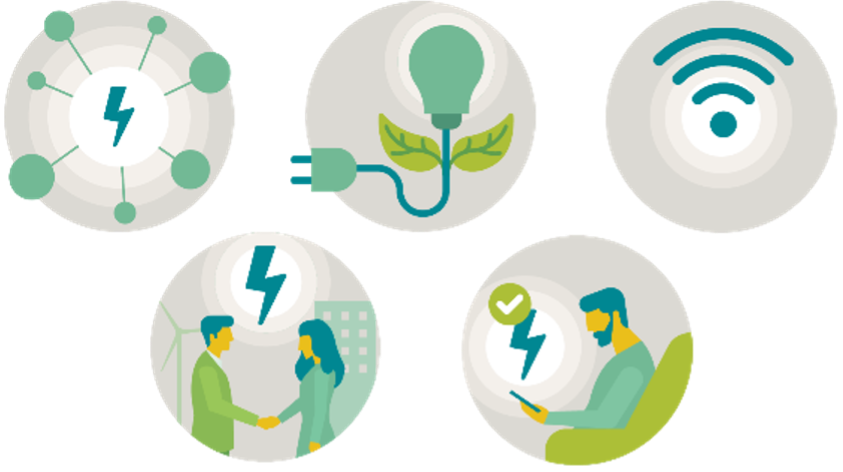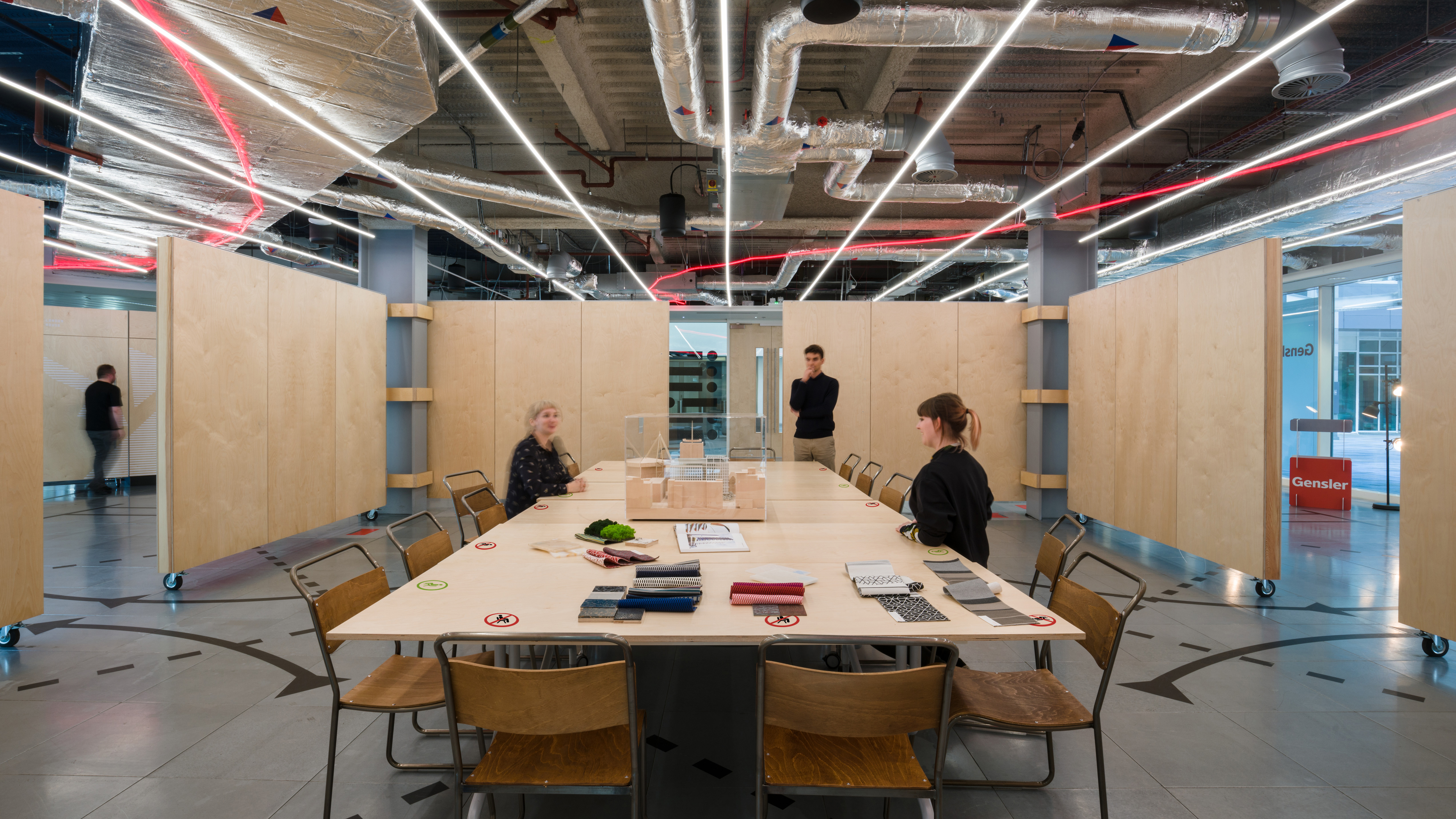Honoring Excellence: NAIOPWA’s Night of the Stars 2020
Honorees showcase the best regional commercial real estate development in 2020 with an emphasis on creative multifamily mixed-use, sustainability and last-mile delivery
SEATTLE – At today’s first-ever virtual NAIOPWA Night of the Stars, the commercial real estate community honored the year’s most innovative, creative and inspiring CRE projects in Washington state. Completed between July 1, 2019, and August 1, 2020, these projects particularly demonstrate the flexibility and strength of the local CRE industry in the face of a global pandemic.
The 2020 winners and finalists reflect major shifts in our region toward affordable, multifamily housing that creatively supports communities, as well as the rapid increase in industrial real estate supporting last-mile delivery. This year, as always, judges used a rubric to evaluate and score projects according to defined criteria and made category adjustments reflecting the unique nature of projects, such as dividing industrial projects into those built on spec and those built to suit. This year, too, the full immersion of sustainable practices in the region’s development projects lead to multiple honorees in different market categories.
NAIOPWA's Night of the Stars identifies outstanding real estate developments and activities in a variety of market types and the individuals who made the projects happen. The awards aim to honor the teams who build our landscape in this annual celebration of the industry. Each finalist project was evaluated for impact on the community, market adaptability, ingenuity and local contributions.











 We’ve now reached 2+ months of working from home and have settled—as best as possible—into a new routine that revolves around juggling family, colleagues, and clients, while maintaining our personal health and well-being 24/7. That’s a lot. Some of us may be embracing this new work style while others are still overwhelmed by the daily challenges. But what’s top of mind for us all is what’s looming ahead. What will our new normal look like when our stay-at-home restrictions are lifted and more importantly, what changes can we expect to stick?
We’ve now reached 2+ months of working from home and have settled—as best as possible—into a new routine that revolves around juggling family, colleagues, and clients, while maintaining our personal health and well-being 24/7. That’s a lot. Some of us may be embracing this new work style while others are still overwhelmed by the daily challenges. But what’s top of mind for us all is what’s looming ahead. What will our new normal look like when our stay-at-home restrictions are lifted and more importantly, what changes can we expect to stick?